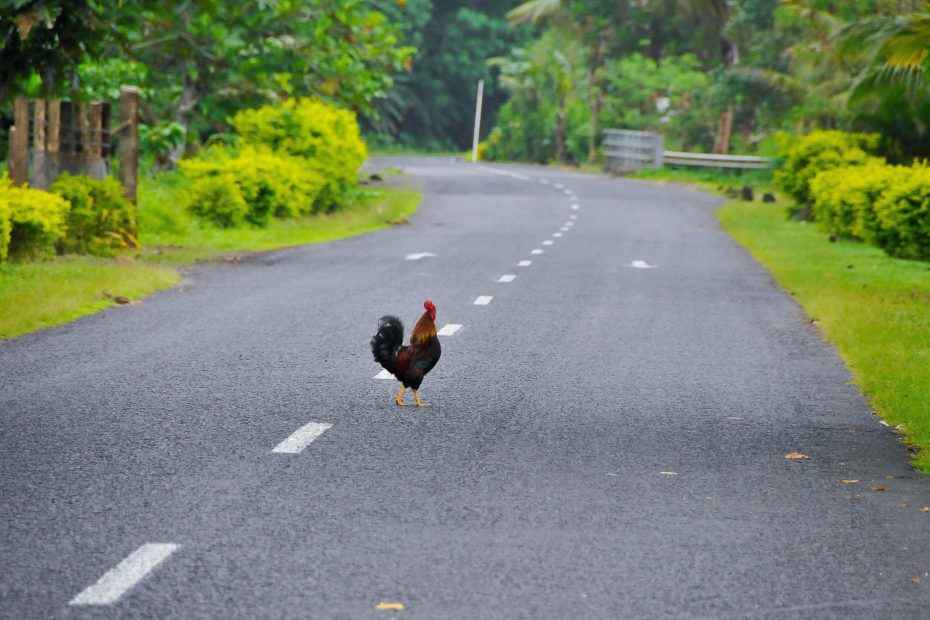The islands of Samoa have a rich and vibrant culture steeped in centuries of tradition. From its distinctive architecture to ceremonial rituals, experiencing the treasures of Samoan culture firsthand provides an overload to the senses. Join us as we dive deep into the customs, arts, cuisine, and daily life of these South Pacific islands.
Samoa is made up of two main island groups, the independent nation of Samoa and American Samoa. Located northeast of Fiji, these tropical isles were originally settled by seafaring Polynesians over 3,000 years ago. Since then, Samoan society has been shaped by various foreign influences including European missionaries and colonization by Germany, New Zealand, and the United States. However, the Samoan people have proudly maintained many core aspects of their indigenous customs and way of life.
Family and Social Structure
Samoan culture is firmly rooted in the importance of family, or aiga. Extended families form the basis of villages, which are headed by chiefs, or matai. Samoan society is hierarchical, and age old traditions dictate strict social protocols. Within the household, there are clear divisions between gender roles. Men are typically responsible for growing food, fishing, and representing the family in village affairs. Women manage the home, childcare, and handicrafts. Obedience and respect for elders is expected.
Customs and Traditions
Heavy on etiquette, Samoan culture places great emphasis on showing respect, especially towards community leaders. Greetings are highly ritualized, with customs for addressing matai. Celebratory events feature gift exchanges, speeches, ceremonial garb, and elaborate feasts. Samoans are predominantly Christian, but indigenous beliefs also play a role in rituals. Many visit the gravesites of ancestors to honor their memory.
Arts and Crafts
From tribal tattoos to tropical inspired architecture, Samoan arts reflect deep ties to Polynesian heritage. Intricate geometric patterns and natural motifs define their skilled wood and stone carvings, weaving, and pottery. Performing arts are integral to Samoan life, with dancing and drumming accompanying important occasions. Traditional Samoan music utilizes poetic lyrics and polyrhythmic percussion.
Cuisine
Samoan cuisine relies on staples like taro, breadfruit, yams and coconut. Foods are cooked in an underground oven or roasted over hot stones. Flavorful dishes include palusami (coconut milk wrapped taro leaves) and ota (marinated raw fish). A celebratory feast, To’ona’i, features roasted meats and chicken cooked in coconut milk.
Language
The Samoan language comes from Austronesian roots. Vocabulary reflects close ties to the natural environment, with descriptive words for features of the land and sea. Common polite phrases include tulou (excuse me) and fa’amolemole (please). Most Samoans speak both their native tongue and English.
Tourism
From secluded beaches to volcanic crater hikes, Samoa attracts visitors eager to soak up its alluring landscape. But experiencing true Samoan culture goes deeper than sightseeing. Stay in a traditional fale hut, learn local crafts, and attend a cultural performance, like lava lava skirt making or fire knife dancing. Sunday church services also provide an immersion into music, faith practices and community spirit.
Preserving Traditions
Globalization and modernization pose challenges to maintaining Samoa’s heritage, especially as younger generations embrace more westernized lifestyles. However, efforts are underway to pass down indigenous knowledge through educational programs, language preservation, and arts revival. Appreciating the richness of Samoan culture begins with understanding – and respecting – the proud legacy of its people.
Conclusion
The unique traditions of Samoa have remained remarkably intact despite outside influences. With strong communal and family bonds at its core, Samoan culture sheds light on how Pacific islanders have thrived for millennia. From the rhythms of an exhilarating dance ritual to the flavors of an earthy Polynesian feast, exploring Samoa’s cultural treasures is sure to overload the senses and open one’s eyes to a fascinating world. The opportunity to engage with centuries-old customs offers the chance to better understand – and connect deeply with – the incredible resilience and spirit of the Samoan people.
FAQs
- What are the main islands of Samoa?
The two largest islands are Upolu and Savai’i. American Samoa includes the islands of Tutuila, Aunu’u, and Manu’a.
- What religions are practiced in Samoa?
Most Samoans today are Christian, predominantly Protestant along with some Catholics. Indigenous spiritual beliefs are also maintained.
- What is the traditional greeting in Samoa?
The greeting is “Talofa” said with a slight bow. Handshakes are also common. Using proper titles shows respect.
- What are some famous Samoan foods?
Samoan cuisine features staples like taro, breadfruit, coconut and seafood. Famous dishes include palusami, oka, and To’ona’i feasts.
- What is the national sport of Samoa?
Rugby is by far the most popular sport. Samoa competes internationally and rugby is integral to cultural life.
